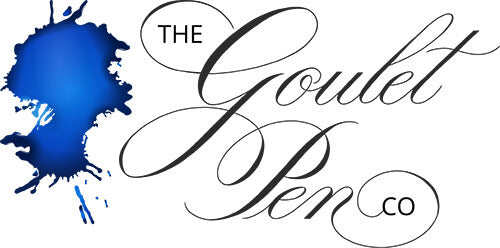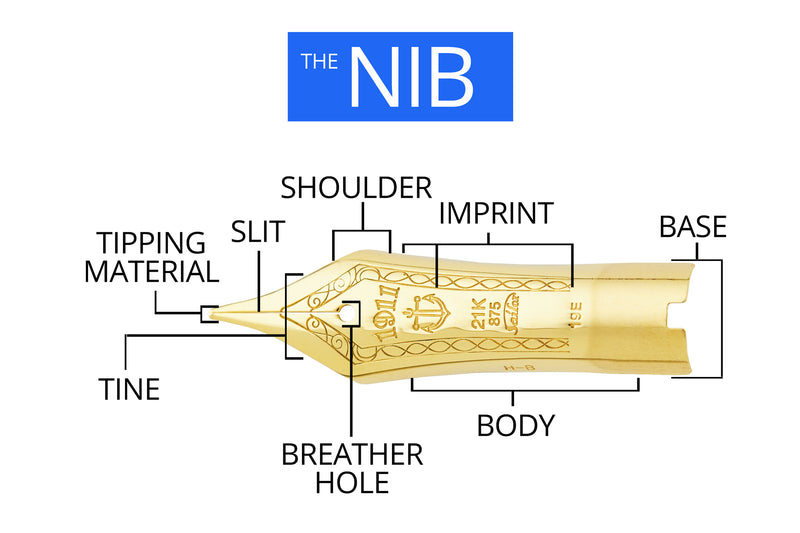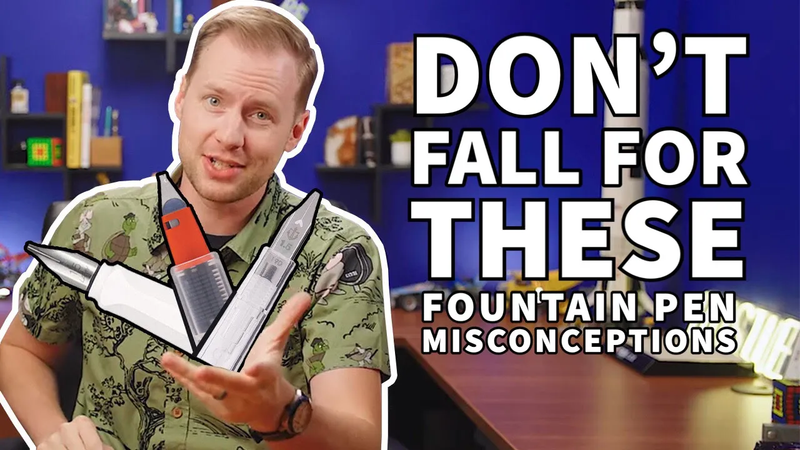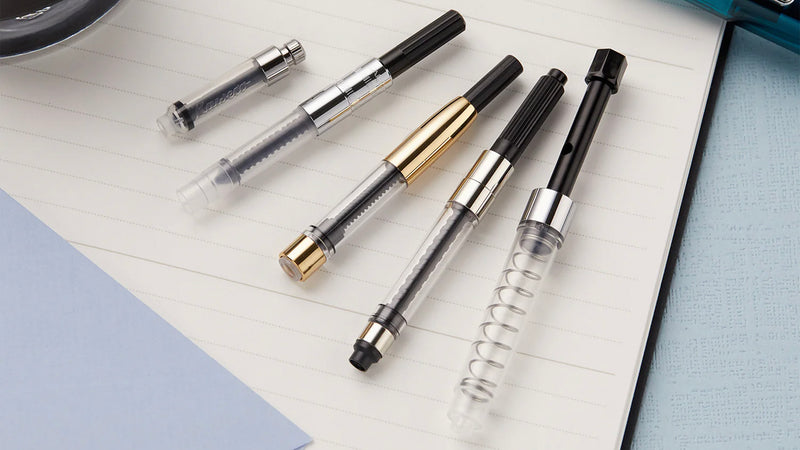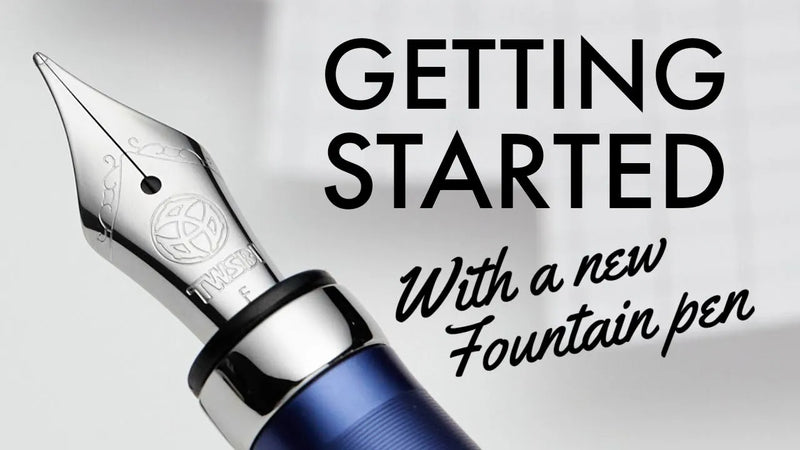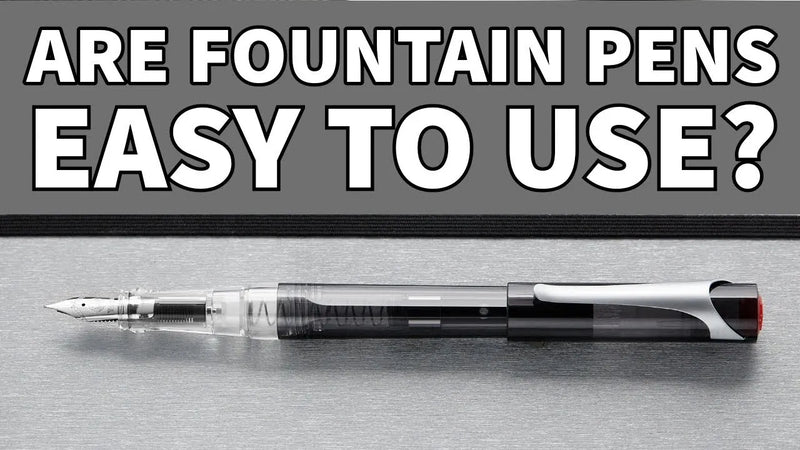Japanese vs Western Nibs
What are the differences between Japanese and Western nibs? I read a lot online and see various comments about what the difference actually is, or that Japanese nibs write finer, but I figured it needed to be detailed out a bit further.
If you've gotten into fountain pens even a little bit, you know that one of the best and most confusing things about them is the ability to select different nib sizes. You can personalize your experience which is amazing, but there is an inherent challenge in that just about every company has a different standard, like shopping for women's dress sizes. It's different across every brand, and even across pen models within a brand!
Video Timestamps:
- Where Nibs Come From – (0:35)
- Japanese Companies – (0:48)
- Japanese Nibs – (0:59)
- Western Companies – (1:29)
- Non-Specific Brand Nibs – (1:42)
- Other Countries That Make Their Own Nibs – (2:09)
- Comparing FP Nibs – (2:15)
- Nib Nook – (2:43)
- Shopping For A Fountain Pen? – (2:57)
How We Got Here
Historically, pen companies never sought after consistency across the industry, because the market demanded personalization. Pens were made by hand, sold 1-to-1 in brick and mortar stores, and tested/adjusted in-house to fit individuals' needs much like a tailor would fit a suit.
Today the production is more consistent but there's still a lot of handwork involved in the final tuning/polishing stages of making nibs. Over the years, there's been no particular incentive for long-established pen companies to try to standardize to their competitor's grinds, so they remain somewhat inconsistent across the industry.
That said, there is a generalization out there about Japanese and Western (European) nib sizes and how they differ, and that's what I'll get into today.
There are really two main countries that produce fountain pen nibs, Germany & Japan. There are other countries that produce nibs (China, India, France, Italy, etc) but those are really the biggest two.
Japanese Fountain Pen Nibs
Within Japan, there are really 3 main fountain pen companies: Pilot, Platinum, and Sailor. These nibs are made in-house so they differ from pretty much every other brand because of that.
The Extra-Fine & Fine nibs from these companies are really where the biggest differences are. They tend to be a full size finer than their Western counterparts.
The Medium & Broad nibs tend to fall in line more with other pen brands.
So why are the Japanese nibs finer? That's because of the characters used in Japanese, the way they need to be written requires the line variation to produce a very fine line.
Western Fountain Pen Nibs
Now for the Western/European companies that produce nibs, there are several countries that do this, but Germany is the biggest one. LAMY and Pelikan are both German brands that make their nibs in-house.
Bock and JoWo are actually two major nib producers in Germany that are non-brand specific. JoWo supplies nibs for Edison, Goulet, Diplomat, Conklin, Monteverde, and many others.
Visconti, Aurora, and Montegrappa are several Italian brands that make their gold nibs in-house.
Comparing Nibs:
Some key points when it comes to comparing fountain pen nibs:
- Standardizing ink & paper is really important. They both impact line width.
- Having the same writer as everyone writes a bit differently (angle, pressure, writing speed)
- Pen design can have an impact as well, like the flow & feed design.
Above you can see various examples of extra-fine gold nibs across brands.
Our Nib Nook tool is a great resource for comparing nibs across all the brands that we offer. It shows writing samples I've done with every nib on every pen we offer, with the same ink, paper, and person writing, for a very consistent comparison.
